An engineer's diary
- Sort condition
- Newest first
- Oldest first
- Large number of views
-

[No. 66] Axial flux
Axial-flux machines are currently in vogue. With an internet search we can quickly find numerous examples, including many videos of home-made machines and some notable products an…
-
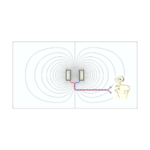
[No. 65] Inductance
Inductance may come as a shock to anyone who thinks that V = I × R. That delightfully simple expression of Ohm’s law is not the whole story. For sure, if we have a coil connected …
-
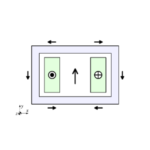
[No. 64] Eddy-currents
Eddy-currents flow in closed loops. It follows that for any physical device in which eddy-currents arise, only a three-dimensional analysis can be complete. Any two-dimensional an…
-
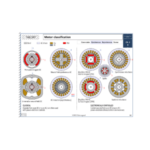
[No. 63] Oh no! No magnets!
Scarcity is nothing new in human history, and in electrical products we hear about it all the time in relation to lithium or rare earths, or even copper. So the poem might seem li…
-
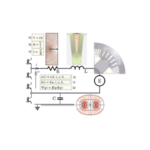
[No. 62] OK — the laws of Ohm and Kirchhoff
OK — We’ve reached letter ‘O’ in the alphabetic sequence of Diary topics, and Ohm’s law immediately comes to mind. When I was a student, one of my room-mates (a medical student) h…
-
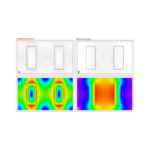
[No. 61] Nervous about Neumann?
Continuing the more-or-less alphabetic sequence of initial letters for the titles of Engineer’s Diary, we arrive at the letter N. What topic could be more relevant in finite-eleme…
-
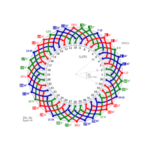
[No. 60] Mystery, Magic and Mappings
Mystery is not confined to novels.We have it in abundance in engineering.I remember as an apprentice in the 1960s working alongside a service engineer on a new DC drive system, an…
-
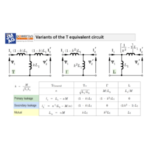
[No. 59] Mutual inductance
Mutual inductance M is one of the most common concepts in electromagnetic engineering. Indeed we can argue that it is also one of the most fundamental concepts.
-

[No. 58] Maxwell
Almost exactly 10 years ago I made a ‘pilgrimage’ to visit the grave of James Clerk Maxwell at Parton Kirk in Dumfries and Galloway in the south-west of Scotland.
-

[No. 57] L and Linkage and Leakage
Readers may have noticed that Engineer’s Diary has been trying to follow the alphabet in selecting monthly topics, and some letters provide more ideas than others.
-

[No. 56] Lèse-Majesté
It is easy to imagine the IPM (interior permanent-magnet motor) as the monarch of electric motors. Indeed to question its supremacy could be said to be lèse-majesté.
-

[No. 55] L : Library
A personal library can be a valuable asset. Before the internet, it was usually the first ‘port of call’, the first available source of reference material on engineering theory an…
-
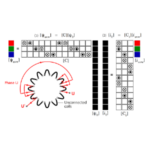
[No. 54] K : Kron
Last month the letter K failed to provide a ready supply of suitable electrical engineering topics for the Diary, so we borrowed the German term Kennlinie.
-
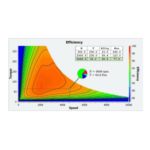
[No. 53] K : Kennlinie, ken-lines, and cissoids
Progressing through the alphabet of electrical engineering topics, we come to the letter K, and for this Diary I have to say I had some difficulty finding a suitable topic beginni…
-
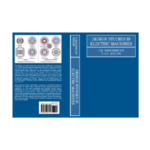
[No. 52] JMAG goes to work
This new book is written for engineers concerned with the design and development of electric machines.
-

[No. 51] Current-density J
Next in alphabetic sequence is J — which could stand for 'JMAG' or 'JAPAN', but instead let us think of J as the common symbol for current-density. Sometimes when I think about c…


